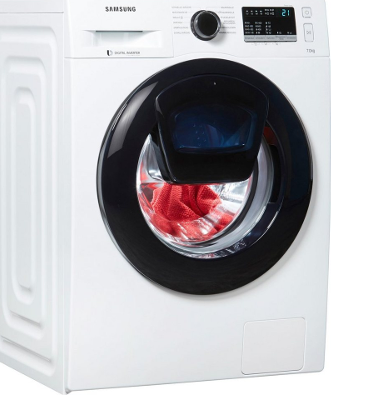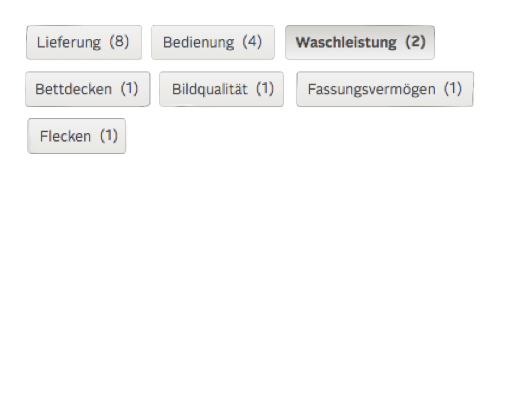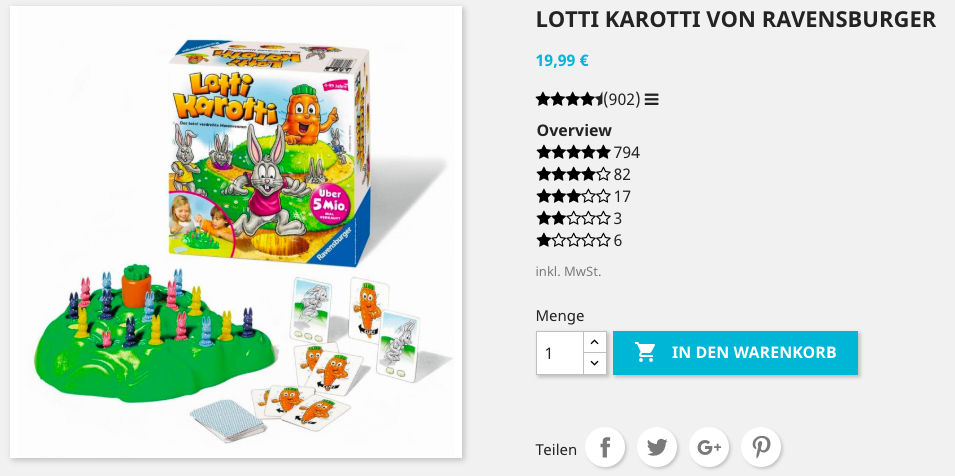Kunden informieren sich besser mit rateit.cool
Cool Services presents the latest features of the product review service rateit.cool at the dmexco, hall 7 booth C024 in Cologne. If you are interested, you can test the service live.
By using rateit.cool, web-shops receive product reviews from a broad community of participating shops. This way, their customers can find out what other customers are saying about the products during the purchase decision process and get a good feeling about the products. They stay in the shop and don't have to inform themselves about the product anywhere else.
rateit.cool is the only review service where all shops collect product ratings and reviews together in a community. The products receive many ratings across shops, far more than most shops can ever get on their own. All shops show all ratings for the product. The shops benefit from many rated products and look bigger overall. This leads to more immediate purchase decisions based on a lot of additional, customer-generated information. The bounce rate is reduced and the turnover is increased.
The rateit.cool service can be used in 360° trading. It can be used in online shops as well as in mobile apps or stationary retail.
Plugins for shopware, Oxid, WooCommerce, Magento and prestashop are currently available.




